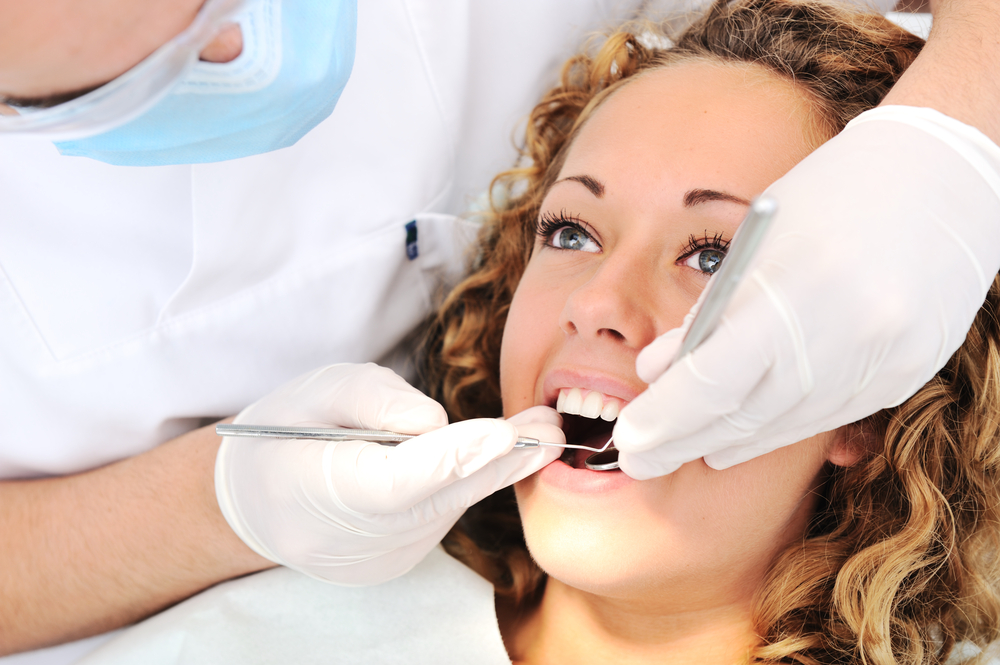If you're like most people when you hear the words impacted teeth, wisdom teeth come to mind. This is quite understandable since nine out of ten people have at least one wisdom tooth that fails to clear the gums. However, other teeth can be impacted as well, most commonly it is one of the maxillary cuspid or eye teeth, also known as the canine teeth.
The wisdom teeth, also known as third molars since they are the third and last set of molars usually erupt sometime between the ages of 17 and 25, and so are not critical in chewing, since the person has been getting along all those years without them. However, it's problematic if it's a canine. The strongest teeth with the longest roots, they play a key role in the dental arch since the upper and lower canines are normally the first to meet when the individual closes his or her mouth. If one is missing, usually the upper, the individual's bite will be thrown off.
What Can Happen If Impacted Teeth are Not Exposed
Although an impacted tooth has failed to erupt, that doesn't mean it isn't present beneath the gums. When an impacted tooth has failed to come through the gums and is allowed to remain there, it can cause multiple problems, such as:
- Damage the roots of teeth on either side
- Move other teeth out of alignment
- Lead to the formation of a cyst
At this point, the orthodontist will usually bring in an oral and maxillofacial surgeon. If a wisdom tooth is involved he will extract or remove it. If it's a canine tooth, he will perform a procedure known as expose and bond.
The Details of an Expose and Bond Procedure
An expose and bond procedure involves “exposing” the impacted tooth by lifting up the gum on top it, and then “bonding” an orthodontic bracket (i.e. braces) to the exposed tooth in order to begin the process of pulling the tooth down into the correct position.
Expose and Bond Timeline:
- Initial consultation with orthodontist to assess/diagnose missing/impacted tooth.
- Orthodontist will perform X-rays to confirm the tooth is there and impacted.
- Once the impacted tooth is located and confirmed, braces are placed on the teeth to clear the space where the impacted tooth should be.
- Once the space has been cleared for the impacted tooth to move down, the oral and maxillofacial surgeon takes over. The oral surgeon will surgically lift the gum over the impacted tooth and in cases where the baby tooth has failed to fall out, remove it at the same time.
- Now an orthodontic bracket with an attached chain to it will be bonded to the exposed tooth.
- Next, a decision will be made to either: a) suture the gum high above the tooth leaving it exposed; b) cut a window in the gum for it to emerge, or c) return and suture the gum back in its original place leaving only the gold chain exposed through a small hole. This last is usually the chosen option.
Back to the Orthodontist
Now that the expose and bond procedure is complete, the patient will wait 1 to 14 days depending on the rate of healing and then return to the orthodontist, who will attach a rubber band to the chain so that the braces can exert a mild pulling force to guide the tooth into the space prepared for it.
It can take up to a year for the impacted tooth to take its space. When it has, a return visit to the oral and maxillary surgeon is needed to make sure the gums are healthy enough to support the tooth for a lifetime. In most cases all will be well, but sometimes the gums may require a minor surgical procedure to help secure the tooth for a lifetime.
If you are ready to request a consultation with Northwest Oral & Maxillofacial Surgery please visit our website for locations and contact information. We look forward to designing a treatment plan that is right for you.

.png)





